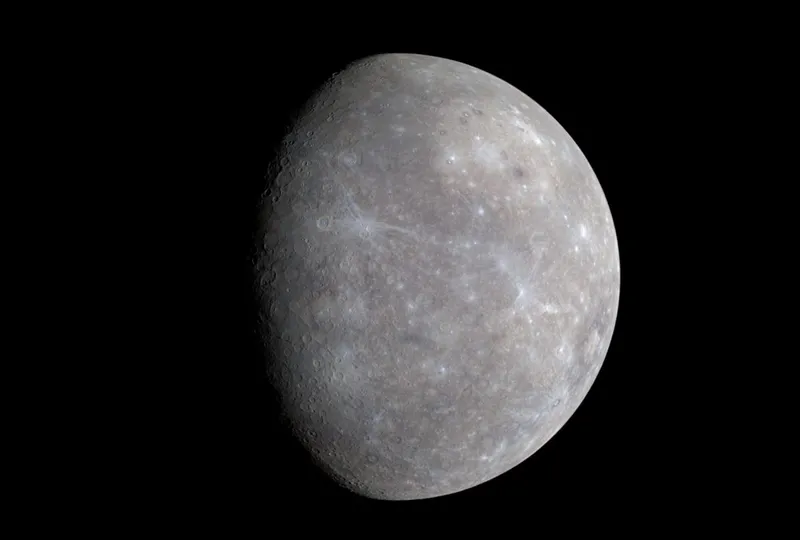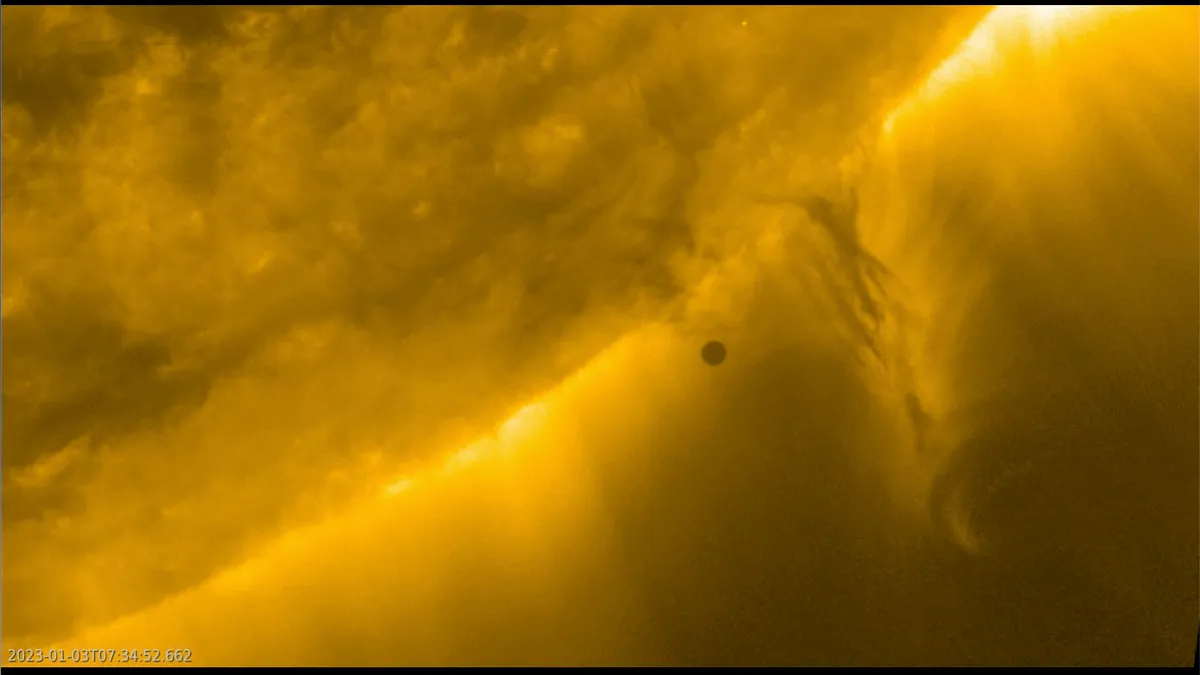If you’re talking about planets in our Solar System, that’s easy to answer: the smallest planet is Mercury.
Mercury is the smallest of all the eight planets whether you’re looking at 'size' in terms of radius, volume or mass.
By radius and volume, Mercury is the 11th largest object in the Solar System, after the Sun, the other seven planets, Jupiter’s moon Ganymede and Saturn’s moon Titan.
If you're talking mass then Mercury, being denser, leapfrogs Titan and Ganymede to be the 9th most massive object in the Solar System.
Quick answers: Why are planets round? How many planets are there? What are the colours of the Solar System planets?

Mercury's size by numbers
To put some actual numbers on that, Mercury has a radius of around 2,440km, just over a third the radius of Earth.
It has a volume of 6.083 x 1010 km3, or just over 1/18th of Earth’s volume, while its mass of 3.3011 x 1023 kg is just a smidgeon less than 1/18th that of Earth.
By way of comparison, Jupiter – the largest Solar System planet – has a radius of 69,911km, nearly 11 times that of Earth.

Jupiter's volume is 1,321 times greater than Earth’s and its mass is just under 318 times that of Earth.
That makes Jupiter over 23,500 times larger than Mercury by volume.
Of course, it hasn’t always been this way… until 1996, the smallest planet was Pluto.
But following the discovery of Eris and other large trans-Neptunian objects, Pluto was downgraded to 'dwarf planet' status, leaving Mercury as the Solar System’s smallest planet proper.
Smallest exoplanet

As for exoplanets – those outside our own Solar System – it’s much harder to say which is the smallest planet.
With current technology, we can only really detect the largest exoplanets.
While it’s possible to say the smallest exoplanet discovered so far is Kepler-37b, considerably smaller than Mercury and only a little bigger than our own Moon, we can’t know for sure that there aren’t billions of tiny planets out there that would make poor little Mercury look positively Jovian!
